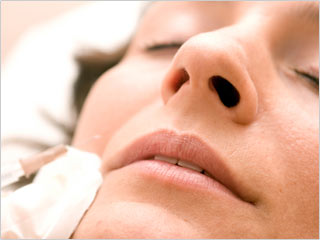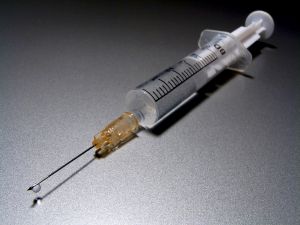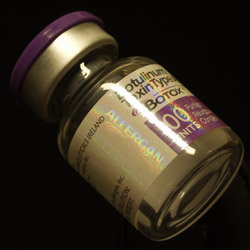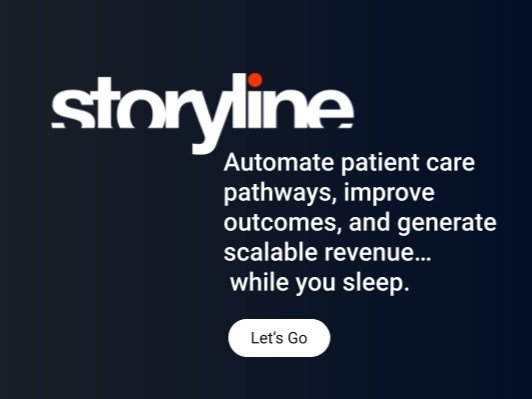Botox? Restylane? Juvederm? Lose the wrinkles & get a job.
/ The unemployment rate for the month of June for the U.S. was hovering around 9.7% according to the U.S. Bureau of Labor and Statistics. Some of my own family members have found themselves out of work after being in management positions for years only to be replaced by younger, cheaper laborers. Skilled individuals are being turned down for new job opportunities, but for what reasons?
The unemployment rate for the month of June for the U.S. was hovering around 9.7% according to the U.S. Bureau of Labor and Statistics. Some of my own family members have found themselves out of work after being in management positions for years only to be replaced by younger, cheaper laborers. Skilled individuals are being turned down for new job opportunities, but for what reasons?
People I know who are out of work state that they are told they are "over qualified" for the open position, or their salary requirements are "too high" for the company to met during these struggling economic times. Okay. I understand that.
Recently, our medical spa was interviewed by a local newspaper who was writing an article about older unemployed people turning to cosmetic services in order to freshen their image to compete with younger job candidates. The article stated that job competition is fierce and while candidates are polishing up their resumes, they're seeking aesthetic services to polish up their bodies and faces. Other physicians interviewed for this article stated that people ranging from 40 years old and up, predominately women, are looking to have these procedures performed.
When we were approached about this article I was dumbfounded for I truly did not know of any of our clients who came in saying, "hey, can I get some Botox and filers to erase these lines on my face to compete for this sales job against this 25 year old right out of college? And, why your at it, can you get rid of these flappy arms and turkey neck I have?" And, believe it or not, we were approached for our comments on the same topic for a major magazine.
Our medical spa is close to Philadelphia and New York City and we are surrounded by thriving companies like Merck, Johnson & Johnson, Olympus, etc. so we're not in a rural area by any means, and I still wasn't aware that older job candidates were racing to have these procedures performed to increase their chances of landing a new job. I have seen an increase in new clients because of new technologies and products we have added which weren't available a few years ago.
I'm very interested in knowing if your practice has seen an increase of clients undergoing cosmetic procedures to compete for a job and, if so, what procedures are they seeking to have performed? Are they predominately male or female and what is their approximate age range? If this truly is a real "situation" perhaps we're missing a marketing opportunity to offer these individuals discounted bundled packages to assist them with their quest.
Author: Paula D. Young RN runs internal operations and training at Young Medical Spa and is the author of the Medical Spa Aesthetics Course, Study Guide, and Advanced IPL & Laser Training course for medical estheticians and laser technicians.
Submit a guest post and be heard.







